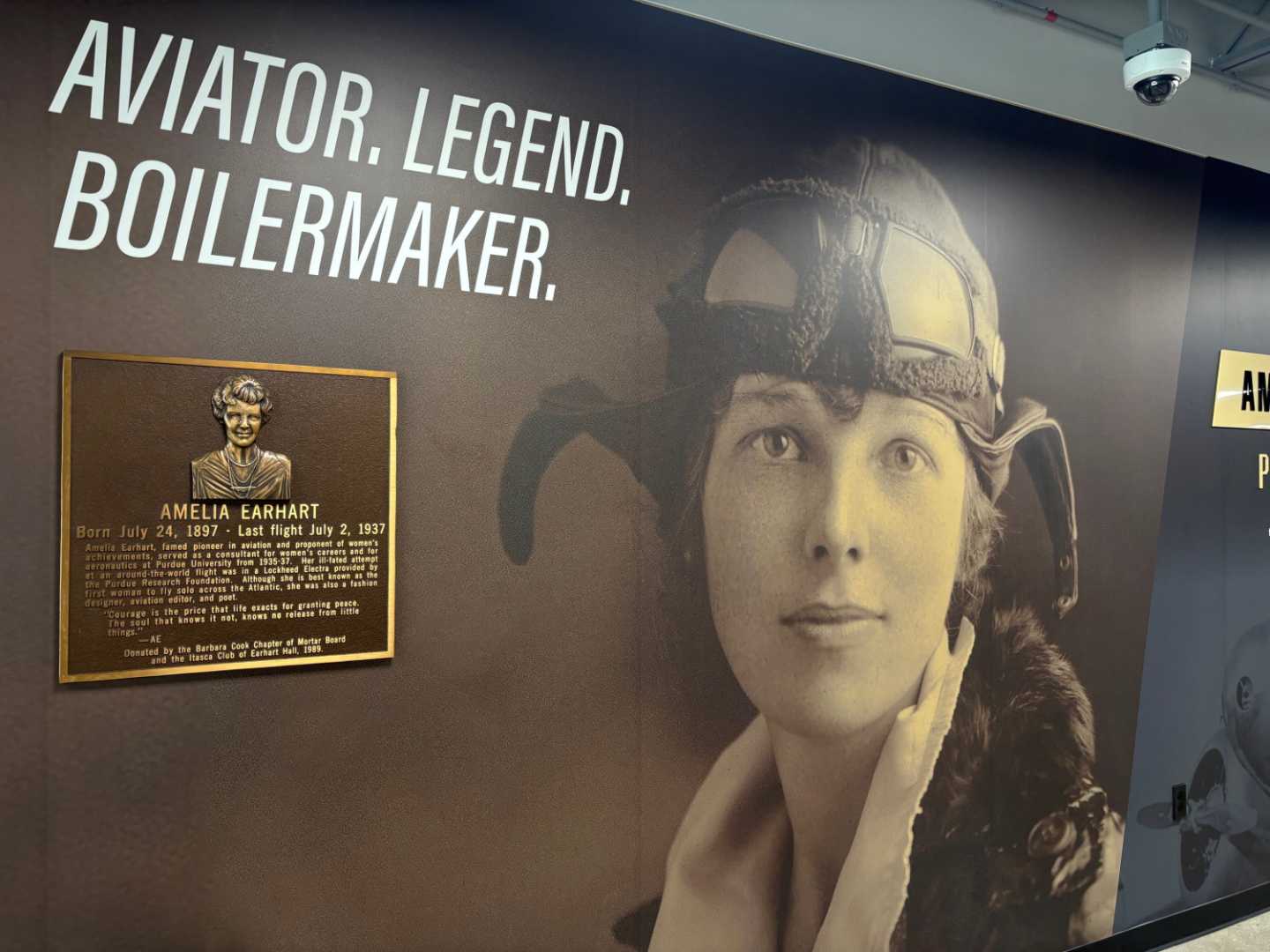News
Purdue Team Sets Out to Solve Amelia Earhart Mystery

WEST LAFAYETTE, Ind. — A 16-person team from Purdue University plans to search for the remains of Amelia Earhart‘s lost plane on November 1. More than 85 years after her disappearance over the Pacific Ocean on July 2, 1937, researchers hope to bring new answers about the iconic pilot and professor.
Earhart was attempting to be the first woman to fly around the world when she vanished, with navigator Fred Noonan also on board. Dr. Richard Pettigrew, executive director of the Archaeological Legacy Institute in Eugene, is leading the mission to Nikumaroro, an isolated island in the Pacific.
Pettigrew believes Earhart’s Lockheed 10-E Electra may have sunk beneath sediment after an attempted landing on the island’s northwestern reef flat. He remarked, “With the passage of time, the plane may be buried under layers of sediment, which have shifted with storms in recent years, revealing an object in aerial images.”
The crew will face challenges as they travel through dense jungle to reach the lagoon where the aircraft is believed to rest. It will take approximately six days to reach the site, and they hope to spend another six days there, contingent on weather conditions.
On October 1, officials, including Purdue University’s Senior Vice President Steve Schultz and expedition member Sirisha Bandla, held a briefing to discuss the mission. Pettigrew expressed confidence in their chosen site, citing substantial evidence. “I’m an archaeologist. I focus on the evidence at hand… There’s a huge amount of evidence that we’re on the right track,” he said.
This evidence includes what Pettigrew describes as a landing gear found near the reef and bones that were discovered at the location. He emphasized the importance of exploring the site further to confirm what they suspect may be the plane.
For Purdue, this expedition is significant as Earhart was a former visiting faculty member at the university. She played a vital role in inspiring women in aviation, which aligns with Purdue’s mission to uphold her legacy.
“There’s a chance to potentially solve the greatest mystery of the 20th century and fulfill Earhart’s wishes of returning the Electra to Purdue,” Pettigrew stated. Bandla added that Earhart’s legacy continues to inspire women in fields such as aviation and engineering, emphasizing her role in paving the way for future generations.












